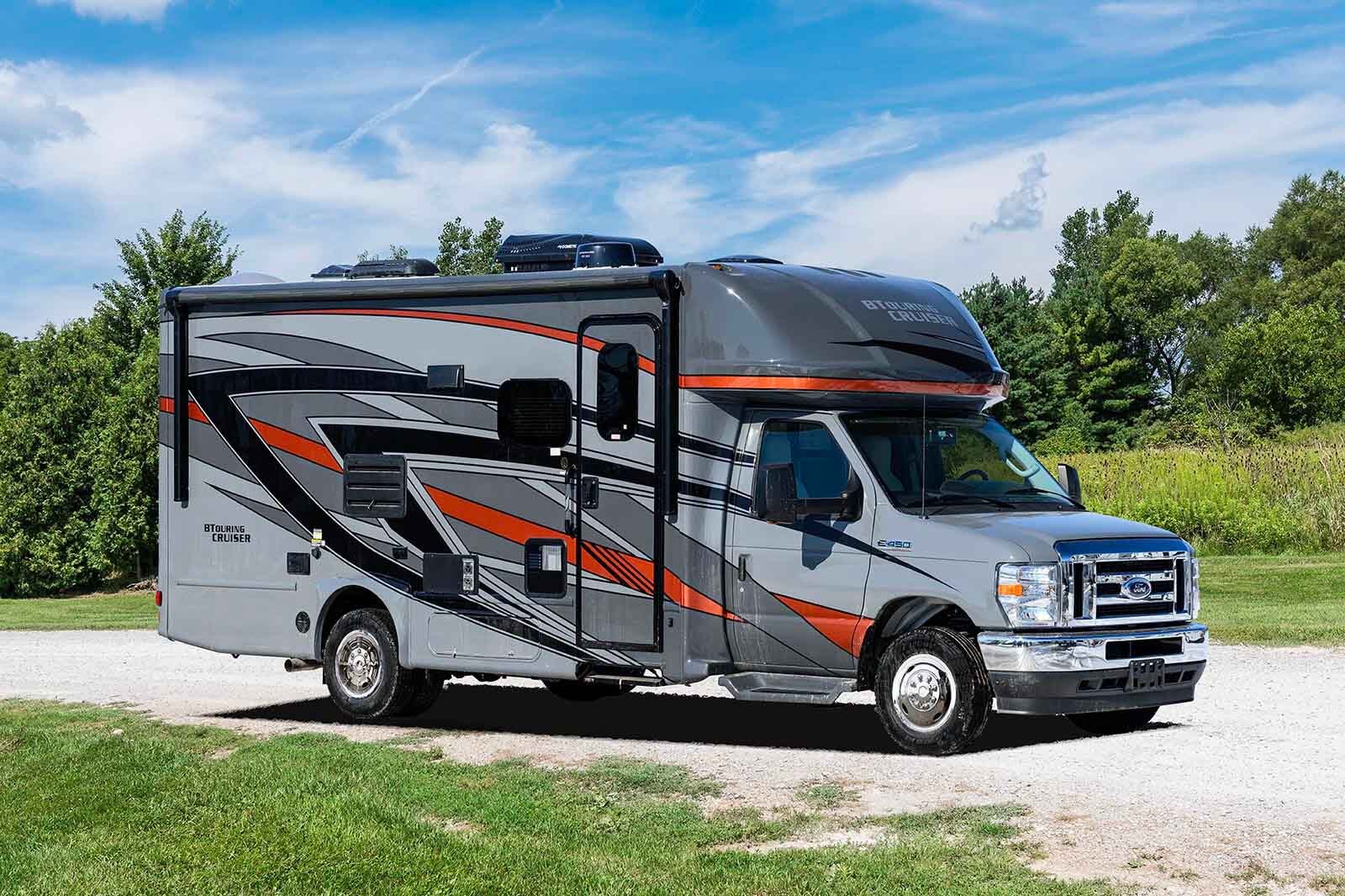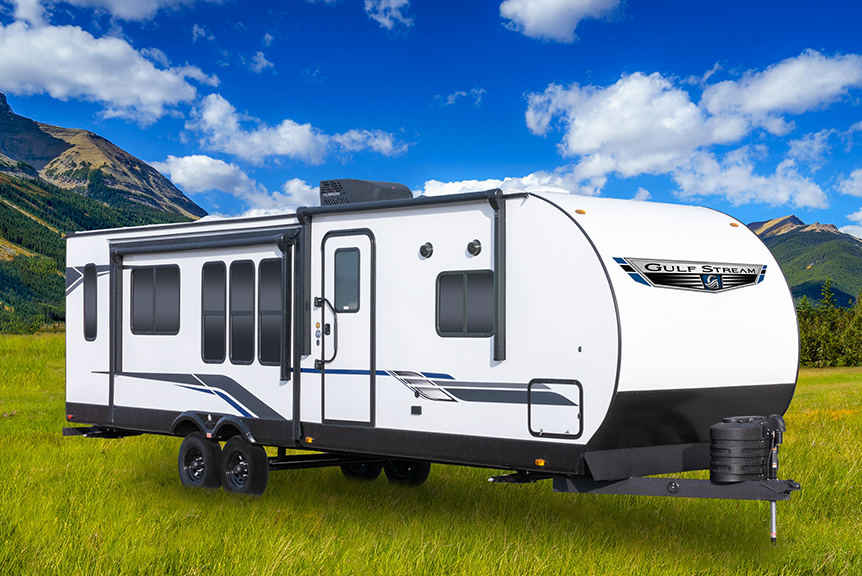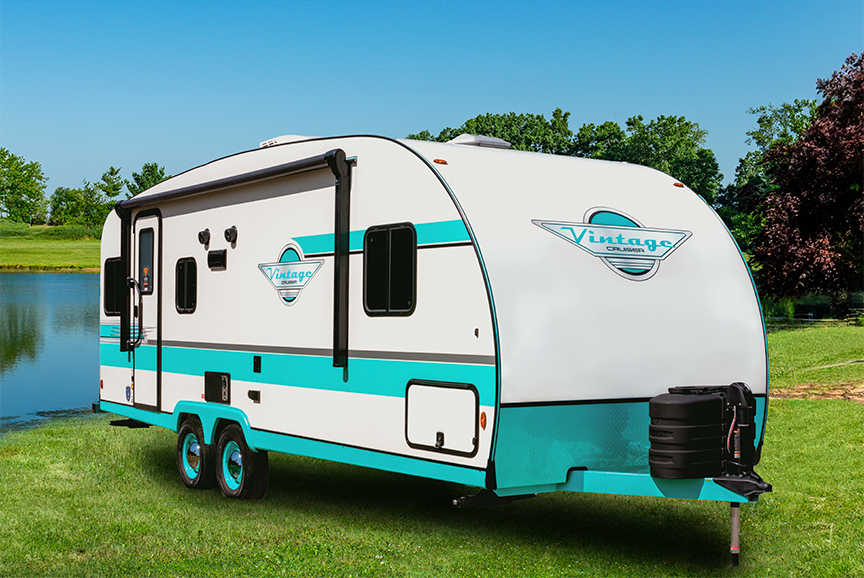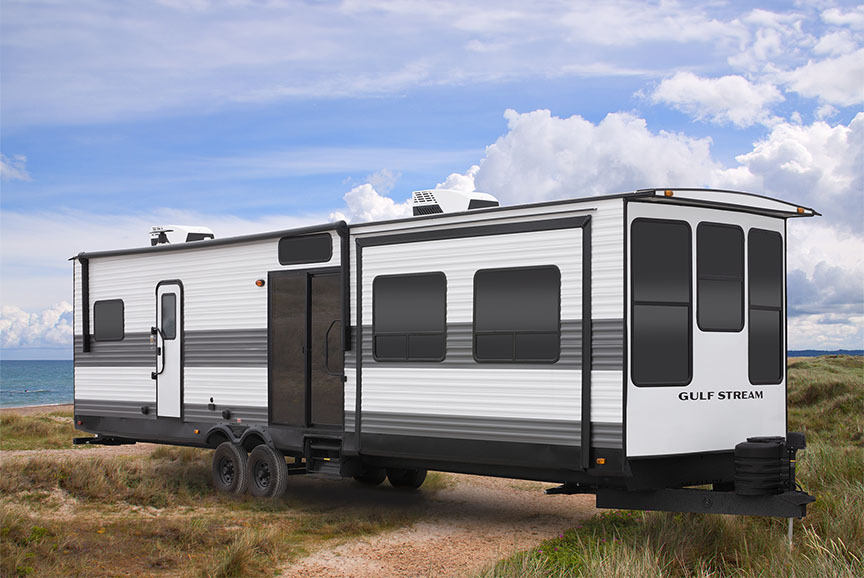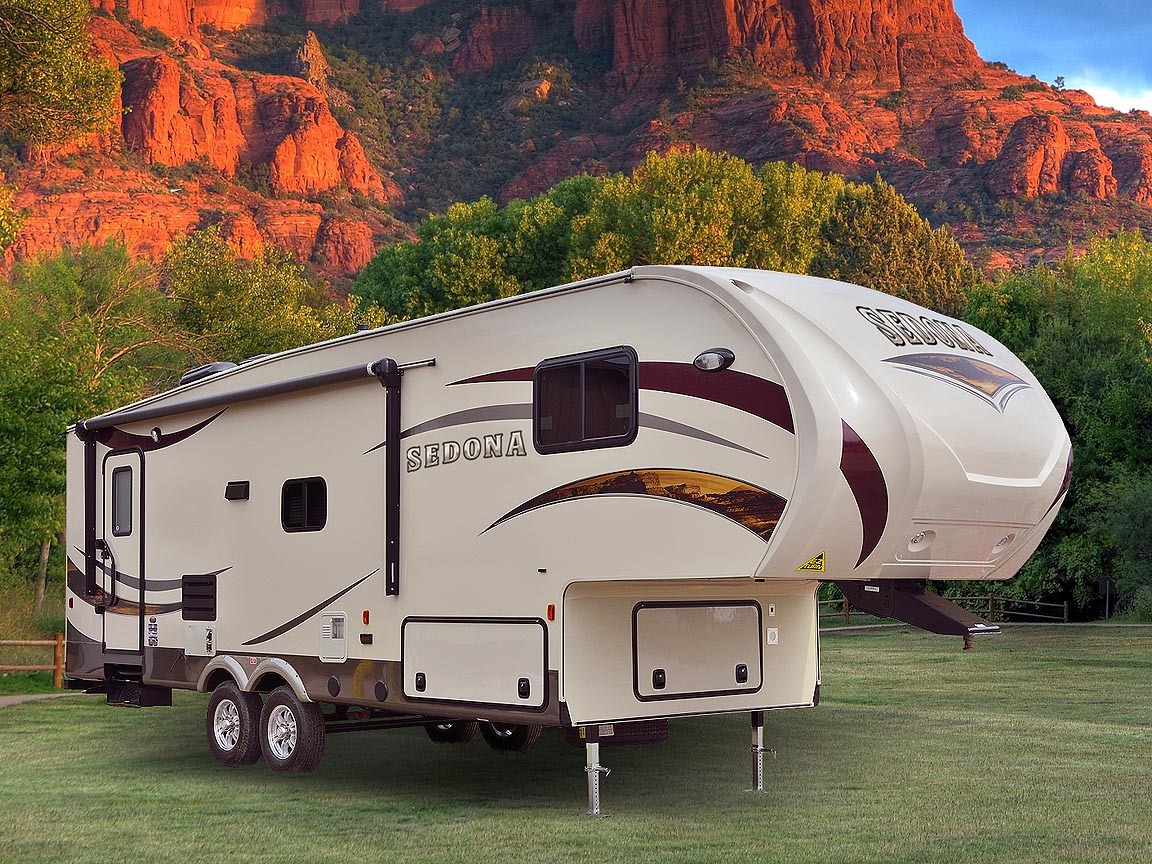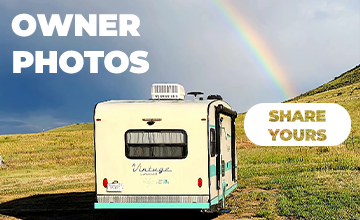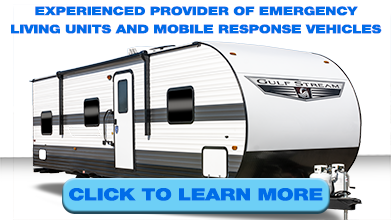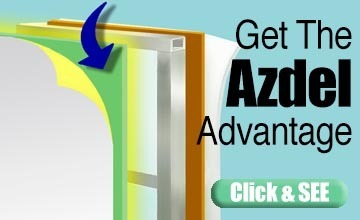House Battery Basics
(Back to Table of Contents)
You’ll quickly learn that your travel trailer is an outpost that can set you free from “the grid.” How MUCH freedom you have is largely dependent on how much you are willing to live by your travel trailer’s rules about comfort and convenience. Those rules are dictated by the power you have at your disposal. You’ll often spend days and nights enjoying plenty of electrical power by connecting your trailer to a power outlet provided by a campground, RV park, or other provider.
When you’re NOT plugged into “shore power,” your source of electricity is typically a large (auto-size) 12-volt battery attached to the frame of the trailer, usually near the hitch itself. Many of the electrical conveniences found in RV’s use 12-volt DC power, so you’ll be able to turn on 12-volt lights, use the stereo, move the slide-rooms in and out, and use other 12-volt accessories.
Your house battery won’t last forever when powering things up - In fact, it will usually last just a view hours. The more battery power you use, the quicker you’ll run out of electricity. You can restore power to a house battery using the power produced by the alternator when your tow vehicle is running.
This cycle of repeated charging and discharging is best handled by a “deep cycle” battery designed specifically to repeated charge-and-discharge cycles. While a standard 12-volt battery for vehicle ignition will work, it won’t last as long in use, or endure as many charge/discharge cycles as a deep cycle battery.
You’ll quickly learn to think about battery power as a limited resource to be conserved. You’ll find yourself turning off unnecessary lights, and adopting other power-saving habits. You’ll get a sense of how much power various appliances and conveniences use, and thinking in terms of a 12-volt power ‘budget’ when you’re on battery power.
Here’s a list of common RV appliances and accessories that typically use 12-volt power:
- Interior Lights
- Slide-Out Rooms
- Pump for running water
- Bathroom/Ceiling fan
- Awning Motor
- Stereo/Speakers
- Exterior Lights
- Power Hitch Jack
Here are appliances and accessories that require 110V AC power:
- Microwave Oven
- Residential Refrigerator
- Electric Fireplace/Heater
- Most Household Kitchen and Bath appliances (coffeemaker, blow-dryer, etc.)
- Standard-plug chargers for phones, computers, iPads, etc.
Some appliances and accessories actually provide a choice of power options, including:
- 2-Way Refrigerator - LP gas and 12-volt power
- 3-Way Refrigerator - LP gas, 12-volt power, or 110V AC power
Some are fueled by LP gas, but may still use 12-volt power to ignite the LP gas, including
- Oven, Range, Gas Grill, Water Heater
Your battery can actually help bridge the ‘power-gap’ between 12-volt and 110V appliances. In many travel trailers, the battery is hooked to an inverter that changes 12-volt DC power from your battery into 110V AC power. It’s important to remember that you’re still using (and draining) your 12-volt house battery when you this, so make sure that 12-volt power budget is still part of your thinking.
The other side of the equation is handled too - Most travel trailers include a converter that changes 110V AC power into 12-volt DC power. That allows you to use the 110V power from a campsite outlet for your 12-volt appliances instead of using your house battery whenever you are plugged in. Depending on the power demand from the travel trailer, there may also be enough power coming through the converter to top off the charge in your 12-volt battery.
Note: Air conditioners typically use 110V power, and draw approximately 13.5 amps while running. That is beyond the capacity of RV batteries.
One very useful aid for managing your house battery is a switch that allows you to disconnect the battery from your trailer, so the battery isn’t accidentally discharged. If you don’t have a battery disconnect switch, you might consider adding one. It’s also possible to preserve the charge in a battery by disconnecting one or both leads from the battery posts.
You’ll find many appliances and accessories developed specifically for the limited power resources in a travel trailer.

